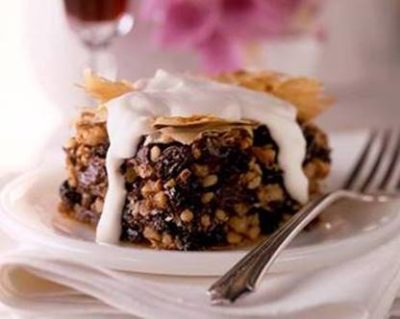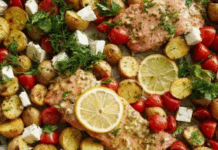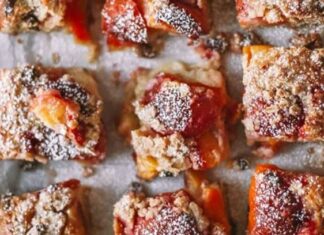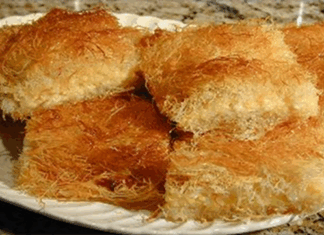FRESNO – California Raisins are made for healthy eating, cooking, and snacking. Dried in the warm California sunshine, they come by their sweetness naturally. This esteemed fruit offers benefits that may help to maintain a healthy lifestyle. On approximately 200,000 acres, the 2,000 California raisin growers produce 100 percent of the U.S. raisins, totaling approximately 300,000 tons annually in an area within a 60 mile radius of Fresno – known as the central San Joaquin Valley. Two-thirds of the U.S. raisin production is consumed in the U.S. and Canada, while one-third is exported to nearly 50 countries with Japan and the United Kingdom being the top two export markets.
According to the Friends of the Fresno Fair Armenian Exhibit, “Armenians were among the first settlers in Fresno County to enter the agriculture industry in significant numbers. When they first began arriving in the early 1880s, Fresno County was a relatively small, rural community, having a population of around 9,400. Grapevines were among the first crops planted, as raisins were becoming the predominant crop of that time. Raisin production increased significantly from the late 1880s to the 1920s, creating a series of rather a dramatic boom and bust cycles. Armenians also farmed melons, figs, peaches, and various nuts, quickly becoming some of the
earliest pioneers in the agriculture industry. By 1894, Armenians owned approximately 200 acres of farmland; by 1904 they were farming over 10,000 acres.”
Natural (sun-dried) seedless raisins include the Thompson seedless and other newer cultivars such as Selma Pete, Fiesta and DOVine. California Golden Seedless and California Dipped Seedless raisins are mechanically dried and processed. Other raisin varietal types include Zante Currant, Muscat, Monnuka, Sultana, and other Seedless. Raisins may be further processed into Raisin Paste and Raisin Juice Concentrate. Once dried, the raisins are brought from the vineyards, stored in wooden bins, and processed as needed by having their stems and capstems removed, then sorted by size, cleaned and washed in water to ensure a wholesome, safe final product.
Dried fruits have been grown and dried from fresh fruits for thousands of years. Originally used in place of fresh fruits when fresh was out-of-season, dried fruits were actively traded to those countries where growing and drying conditions made these products a rare and desired commodity, especially in northern Europe. Grapes have always been at the top of these fruits most suitable for drying, and raisins continue as the number one dried fruit today. All natural, no sugar-added dried fruits, such as California Raisins, have been proven to have the same nutrient value as fresh fruits as only the water is taken out in the drying process. California Raisins are gluten free and can be consumed by people who do not tolerate gluten. Gluten is a protein substance found in abundance in wheat flour and less abundantly in barley and oat flours. It is not found in raisins. In fact, raisins contain very few proteins of any kind.
Baklava is a layered phyllo pastry filled with chopped nuts, and sweetened with syrup or honey. Baklava of some form is made in many countries today. The origins of baklava are hazy, to say the least – a good handful of nations lay claim to the dessert we know today as far out as central Asia. It is generally accepted that the first form of baklava came from the Assyrian empire, around 800 BC, where layers of bread dough were stretched thinly and baked with chopped nuts and <https://www.greatbritishchefs.com/ingredients/honey-recipes> honey for special occasions.
In Armenian cuisine, pakhlava (Armenian: Փախլավա) is often spiced with cinnamon and cloves, and uses 40 sheets of dough to align with the 40 days of Lent. Many Armenians insist that the word itself reveals its Armenian origins as the word appears to be related to the Armenian word for bahk (Lent) and halvah (sweet). Greek-style baklava is supposed to be made with 33 dough layers, referring to the years of Christ’s life. While the Greek version uses honey syrup, Armenians use a spice-infused sugar syrup to sweeten their recipes.








